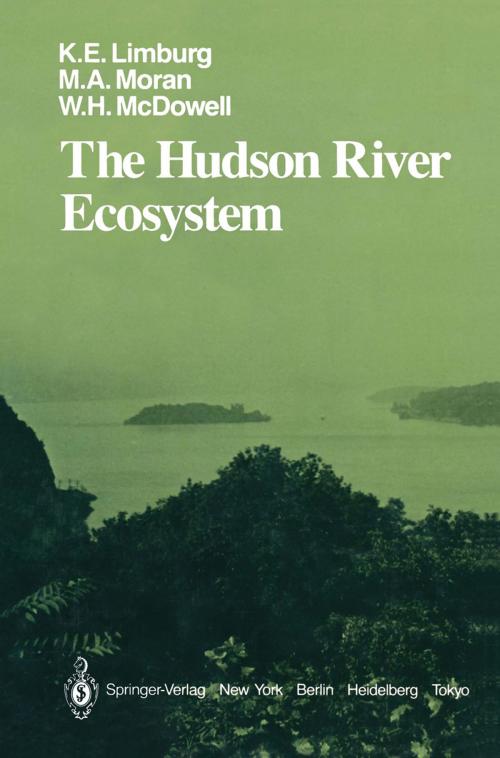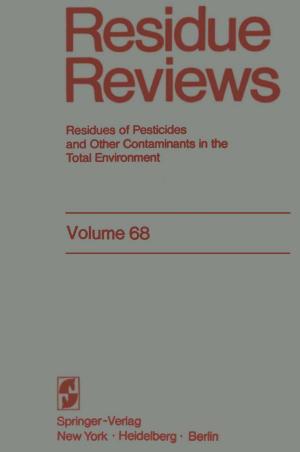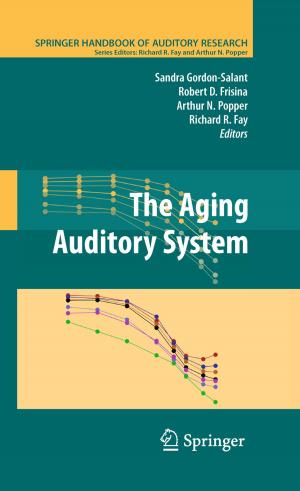The Hudson River Ecosystem
Nonfiction, Science & Nature, Science, Biological Sciences, Ecology, Environmental Science| Author: | Karin E. Limburg, J.M. Buckley, Mary A. Moran, E.H. Buckley, William H. McDowell, D.S. Kiefer, P.S. Walczak | ISBN: | 9781461248743 |
| Publisher: | Springer New York | Publication: | December 6, 2012 |
| Imprint: | Springer | Language: | English |
| Author: | Karin E. Limburg, J.M. Buckley, Mary A. Moran, E.H. Buckley, William H. McDowell, D.S. Kiefer, P.S. Walczak |
| ISBN: | 9781461248743 |
| Publisher: | Springer New York |
| Publication: | December 6, 2012 |
| Imprint: | Springer |
| Language: | English |
The Ecosystems Research Center (ERC) was established at Cornell U ni versity in October 1980 by the Environmental Protection Agency (EPA) with the goals of: 1. Identifying fundamental principles and concepts of ecosystems sci ence and the determination of their importance in understanding and pre dicting the responses of ecosystems to stress, the description of the basic mechanisms that operate within ecosystems, and an examination of the stability of ecosystem structure and function in the face of stress. 2. Testing the applicability of those theoretical concepts to problems of concern to the EPA through a consideration of retrospective and other case studies. In line with these goals, the Hudson River ecosystem provided the basis for the first major retrospective study undertaken by the ERC. The goal of the project was to develop recommendations concerning how ecosystem monitoring can and should be carried out in support of EPA's regulatory responsibilities. Our hope was and is that the experience gained from this study will be broadly applicable to a range of manage ment problems involving estuarine ecosystems, and will lead to more effective regulation.
The Ecosystems Research Center (ERC) was established at Cornell U ni versity in October 1980 by the Environmental Protection Agency (EPA) with the goals of: 1. Identifying fundamental principles and concepts of ecosystems sci ence and the determination of their importance in understanding and pre dicting the responses of ecosystems to stress, the description of the basic mechanisms that operate within ecosystems, and an examination of the stability of ecosystem structure and function in the face of stress. 2. Testing the applicability of those theoretical concepts to problems of concern to the EPA through a consideration of retrospective and other case studies. In line with these goals, the Hudson River ecosystem provided the basis for the first major retrospective study undertaken by the ERC. The goal of the project was to develop recommendations concerning how ecosystem monitoring can and should be carried out in support of EPA's regulatory responsibilities. Our hope was and is that the experience gained from this study will be broadly applicable to a range of manage ment problems involving estuarine ecosystems, and will lead to more effective regulation.















